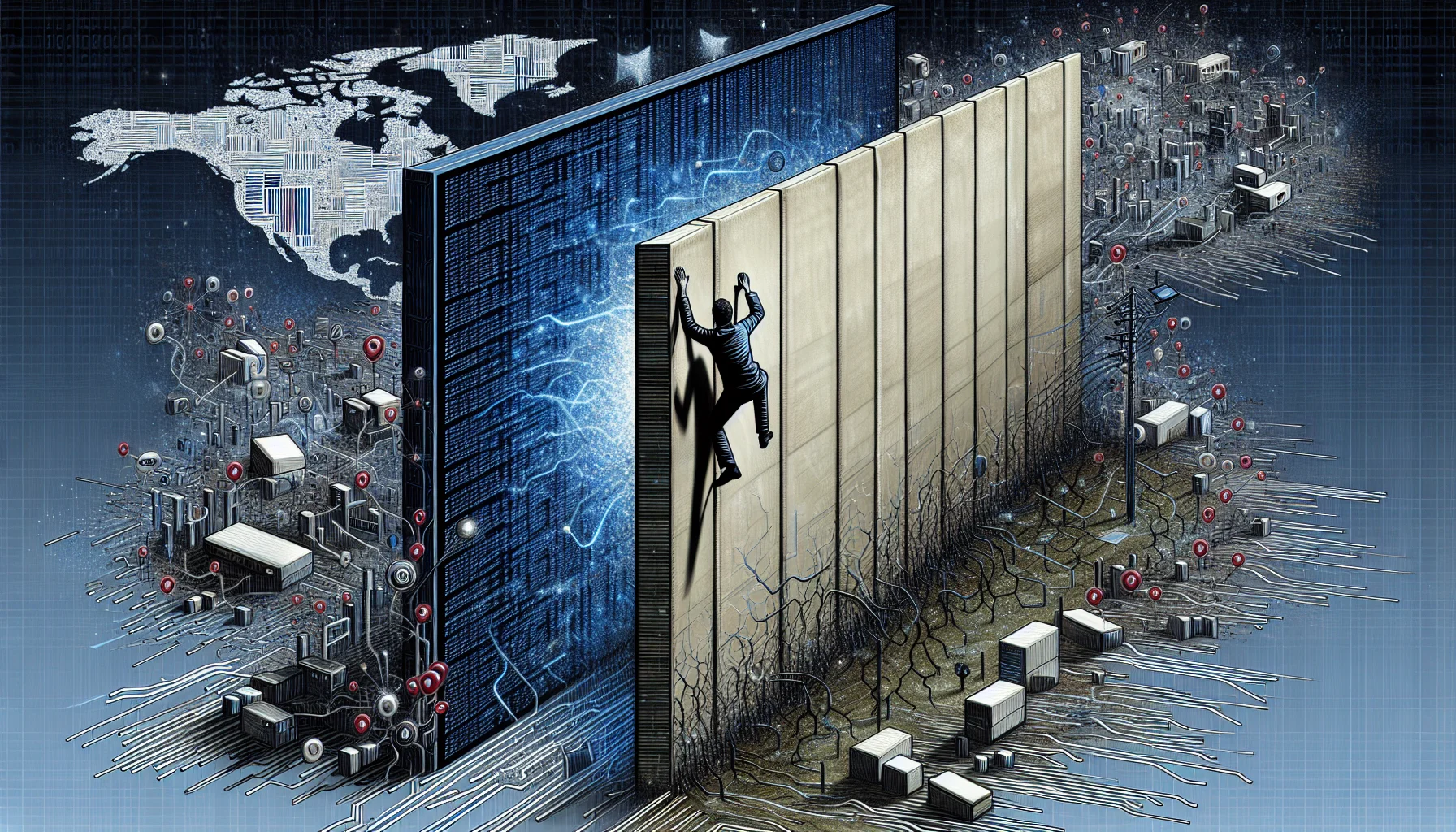
Code of Silence: Why China’s War on ‘Internet Killjoys’ Matters to Every Tech Pro
Imagine scrolling through your social feed. You see a friend complaining about a tough day at work, a news article about economic headwinds, or maybe even a meme that’s a little too real about the rising cost of living. Now, imagine if an algorithm, powered by a government, flagged that post not as spam, but as “pessimistic,” and quietly scrubbed it from the internet. Your friend’s bad day? Erased. The economic analysis? Vanished. The meme? Labeled as a threat to social harmony.
This isn’t a scene from a dystopian novel. It’s the reality of a new campaign unfolding in China. A recent BBC report highlighted a fresh crackdown by the Chinese government targeting “pessimistic” social media posts. They’re going after the “killjoys,” the downers, the people spreading what they deem to be negative energy online. But this is far more than just state-sponsored optimism. It’s a high-tech, large-scale social engineering project with profound implications for everyone in the technology space—from the solo developer to the multinational SaaS giant.
This campaign reveals the raw power of modern technology when weaponized for narrative control. And for those of us building the future of software, it raises some urgent and uncomfortable questions.
The Machinery of Silence: AI and Automation in Action
So, how does a nation of over a billion people effectively police online sentiment? The answer isn’t an army of human moderators manually reading every post. The scale is too vast. The real engine behind this campaign is a sophisticated fusion of artificial intelligence, machine learning, and massive-scale automation.
For years, China’s “Great Firewall” has been the world’s most formidable system of internet censorship, blocking foreign websites and services. But this new phase moves beyond simple blocklists. It’s about policing the content *inside* the walls. Here’s the tech stack that likely powers it:
- Natural Language Processing (NLP): At the core of this operation are advanced AI models trained to understand the nuance, context, and sentiment of human language. These algorithms don’t just hunt for politically sensitive keywords; they can detect sarcasm, critique disguised as praise, and the general “vibe” of a post. A comment like, “The job market is incredibly vibrant right now for those who enjoy unpaid internships,” might be flagged as negative sentiment, even though it doesn’t contain any forbidden words.
- Machine Learning at Scale: These NLP models are constantly learning. Every post that is flagged and removed, every user account that is suspended, becomes a new data point to refine the algorithm. This is a self-improving system of censorship, powered by the very data it seeks to control. This massive undertaking relies on robust cloud infrastructure to process petabytes of data in real-time.
- Predictive Analytics: The system is likely evolving beyond just reacting to posts. It’s moving towards predicting which users or topics are likely to generate pessimistic content. By analyzing social graphs and conversation trends, the software can preemptively throttle the reach of certain accounts or topics before they go viral, effectively engineering a more “positive” public discourse through pure automation.
This isn’t just censorship; it’s the automated manufacturing of consent. It’s a state-sponsored SaaS (Sentiment-as-a-Service) platform where the only acceptable output is positivity. The level of programming and algorithmic sophistication required is immense, representing a dark frontier of technological capability.
The Ripple Effect: What This Means for Startups, Developers, and Cybersecurity
It’s tempting to view this as a distant issue, something happening “over there.” But in our interconnected global economy, the ripples from this campaign will reach every corner of the tech world.
For Startups and Entrepreneurs
If you’re an entrepreneur, especially one with a startup eyeing the massive Chinese market, this changes the game entirely. The risk calculus has shifted dramatically.
- Product Design & Compliance: Imagine launching a social media app, a content platform, or even a collaborative SaaS tool. You are now legally responsible for the “pessimism” of your users. This means building censorship and surveillance mechanisms directly into your product’s architecture. “Compliance by design” becomes a non-negotiable feature, which can be antithetical to the principles of open communication and user freedom that drive innovation.
- Unpredictable Red Lines: The definition of “pessimistic” is deliberately vague and can change at a moment’s notice. A feature or discussion that is acceptable today could get your app banned tomorrow. This level of uncertainty is poison for startups that rely on stable, predictable growth. How do you pitch to investors when a government directive could wipe out your user base overnight?
For Developers and Programmers
The code we write is never truly neutral, and this campaign is a stark reminder of that. For developers, the implications are both practical and ethical.
The demand for engineers skilled in content moderation algorithms, NLP, and large-scale data processing is high, but the application of these skills is now a moral crossroads. The same programming techniques used to recommend a product or filter spam can be used to silence dissent and erase personal struggle. It forces a critical question: what is the ultimate purpose of the software we build?


